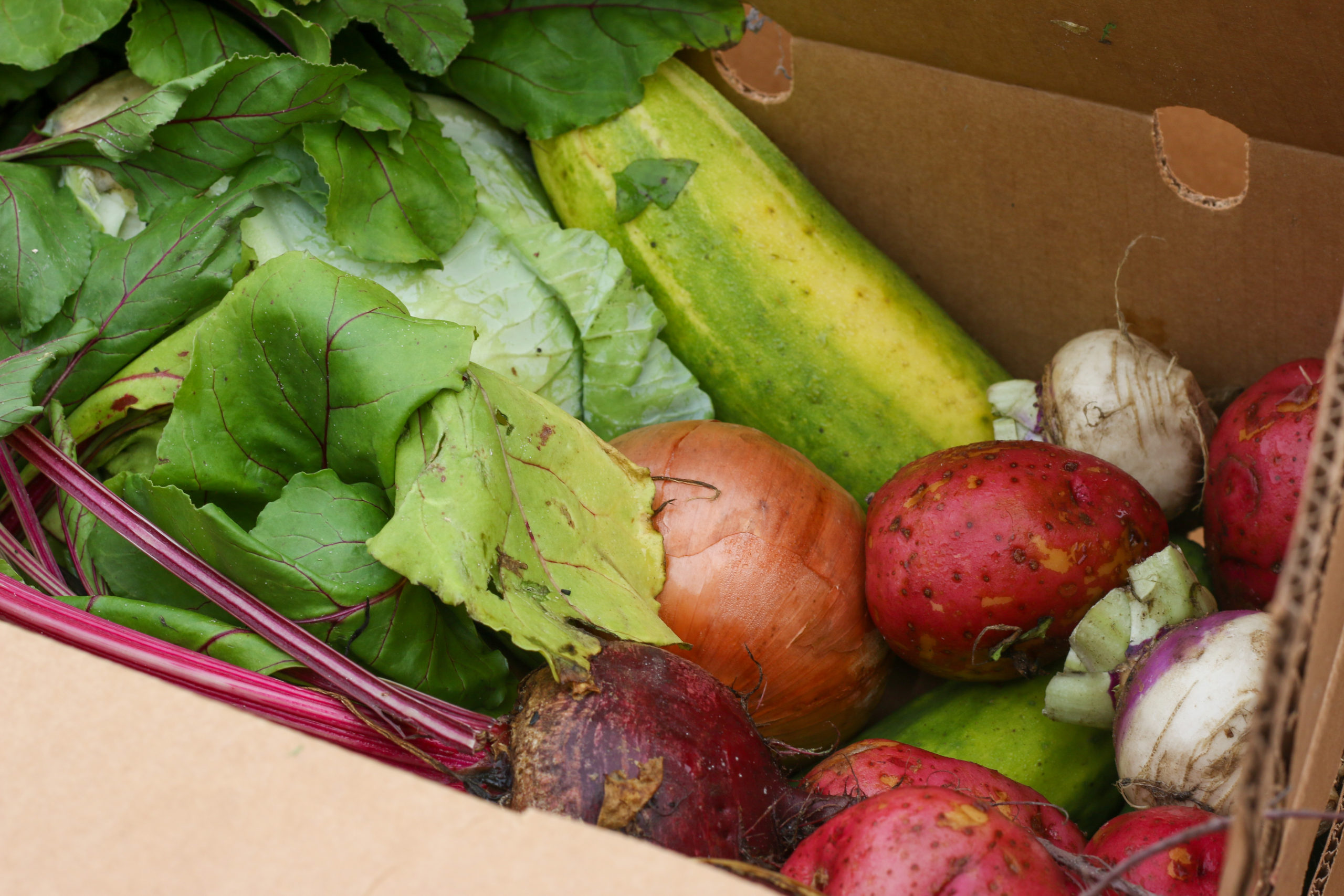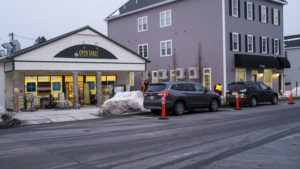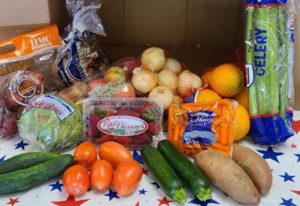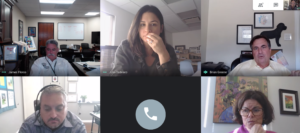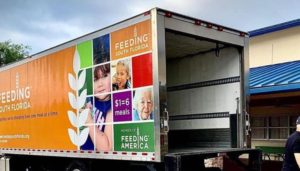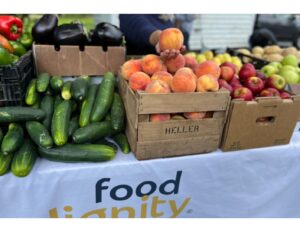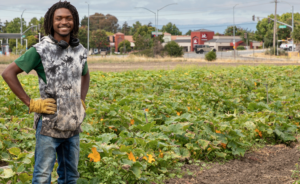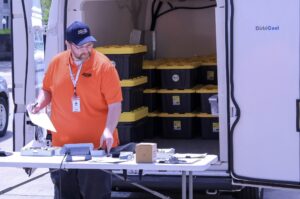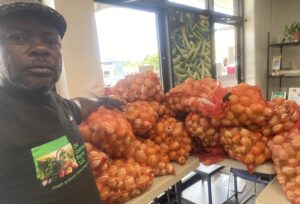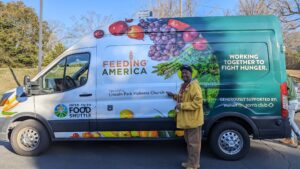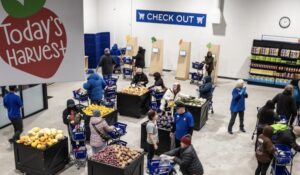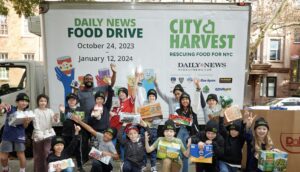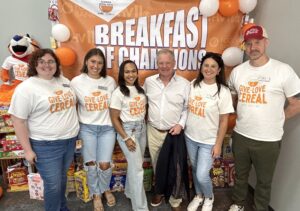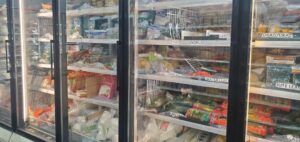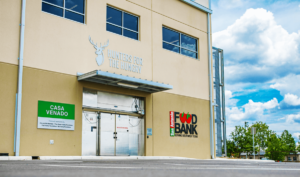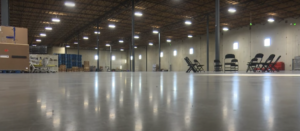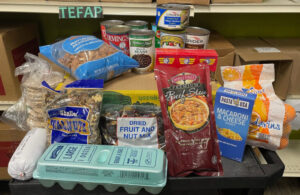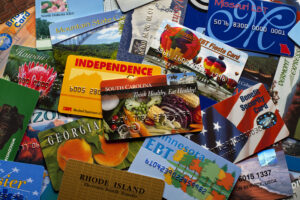The lowly cardboard box plays a starring role in the USDA’s plan to purchase $3 billion worth of commodities from the nation’s farmers and pass it along to food banks and other hunger-relief organizations.
The Coronavirus Food Assistance Program or CFAP, announced late last week, requires wholesalers and distributors to provide a pre-approved box of fresh produce, dairy and meat products to non-profit agencies. Specifically, the boxes should be packaged with a variety of fresh-food products in household sizes that individuals can easily take home.
“We’re looking for distributors that can take products, put them in a box and deliver multiple products in the box to non-profits,” said David Tuckwiller, Deputy Administrator at the USDA. “That’s the intent of the program.”
The retail-sized packaging aims to resolve supply chain problems that have farmers plowing under their crops and dumping milk, as their usual wholesale relationships with restaurants and large eateries dry up. The waste has struck dismay and even horror in the general public as they witness food banks simultaneously getting inundated by miles-long lines for food.
The importance of the cardboard box is not lost on food banks, which have been amassing them in support of emergency food distributions since the pandemic began. Boxed-up food can be easily slung into car trunks or distributed in-person at safe distances.
Pre-packaged boxes are now paramount in food-bank operations, after years of effort aimed at moving away from pre-packaged distributions and adding greater choice and dignity to the food-pantry experience by letting clients pick and choose items as if in a grocery store.
Second Harvest Heartland in Minneapolis recently started a program in response to the pandemic in which it is boxing up 30- to 40-pound boxes of produce for distribution to its partner food pantries. Normally, the food bank would deliver pallets of produce to its partner agencies, who would then display it for customers to browse.
“It does take away the whole client-choice model we’ve always advocated for, but we can’t offer that right now” said Dianne Wortz, Food Rescue Emerging Streams Developer at Second Harvest. “It’s a stop-gap solution to provide clients with valuable produce, and it helps us get it out there, versus having to compost it.”
Food banks’ current embrace of the cardboard box is a departure from their general derision of the USDA’s similar idea of a “Harvest Box,” which has been proposed now and again by the Trump administration as a replacement for some portion of SNAP payments. Presumably, the CFAP boxes would not replace SNAP payments, which for now have been raised to the maximum monthly benefit by household size under the Families First Coronavirus Response Act.
The CFAP was announced only days after Feeding America and the American Farm Bureau Federation proposed the idea of a voucher program in a letter to Agriculture Secretary Sonny Perdue, to solve the paradox of over-supply in the food chain alongside massive demand from food banks. In a statement regarding CFAP, Feeding America applauded the USDA. “We are still examining the details,” said Claire Babineaux-Fontenot, CEO of Feeding America, of CFAP, adding that “this effort has the potential to be a significant food resource for people facing hunger.”
